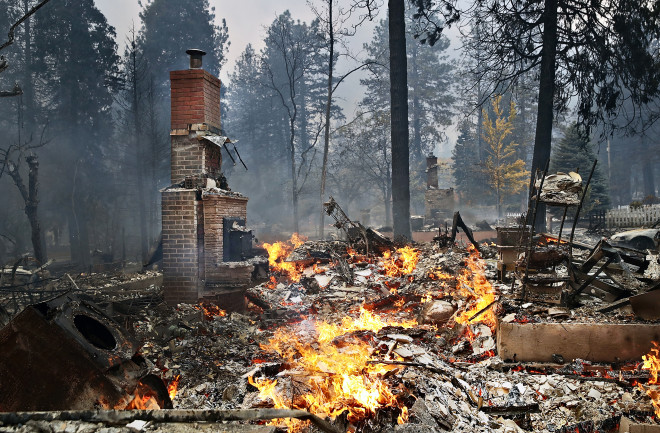This story was originally published in our Nov/Dec 2023 issue as "Answers in the Ashes" Click here to subscribe to read more stories like this one.
Tom Kluge was at home getting ready for work when he got the call from an emergency command center dispatch. It was Nov. 8, 2018, and a wildland fire had been spotted northeast of Pulga, a remote community tucked away in the northern Sierra Nevada mountains about 35 miles from where Kluge was stationed.
At the time a fire captain specialist and 16-year veteran of a division of the California Department of Forestry and Fire Protection known as Cal Fire, Kluge had multiple responsibilities. He was a law enforcement officer for Cal Fire’s sprawling, 31-million-acre jurisdiction. He was weapons certified and able to make arrests like any state trooper. He was also a qualified wildland fire investigator.
On the day of the call, Kluge’s situational awareness was on high alert. Another nearly rainless summer had left the Sierra Nevada forests desert dry, and the National Weather Service had issued a Red Flag warning for strong winds and low humidity. The fire had started in an area that Kluge knew well; narrow river canyons there made the region prone to high-velocity winds channeled through the rocky corridor.

